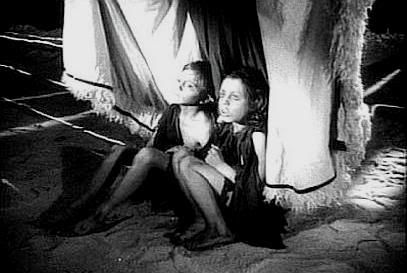
This boy is Ignorance. This girl is Want. Beware them both, and all of their degree, but most of all beware this boy, for on his brow I see that written which is Doom, unless the writing be erased. Deny it.' cried the Spirit, stretching out its hand towards the city. 'Slander those who tell it ye. Admit it for your factious purposes, and make it worse. And abide the end.'
'Have they no refuge or resource?' cried Scrooge.
'Are there no prisons?' said the Spirit, turning on him for the last time with his own words. 'Are there no workhouses?'"
This Christmas, as always, my fervent wish is that we use our wealth and our might to lift people out of poverty, to share the blessings that God has given us with the billions in the world who, through no fault of their own, have been left behind. But my most fervent wish is that we take back control of our media from the hands of multinational corporations, and bring real journalism back to America. Otherwise, we will remain ignorant of the crushing poverty and pain that others suffer, and we'll continue to live IN THE DARK.
- A Christmas Carol, Stave 3: The Second of the Three Spirits
Merry Christmas.
